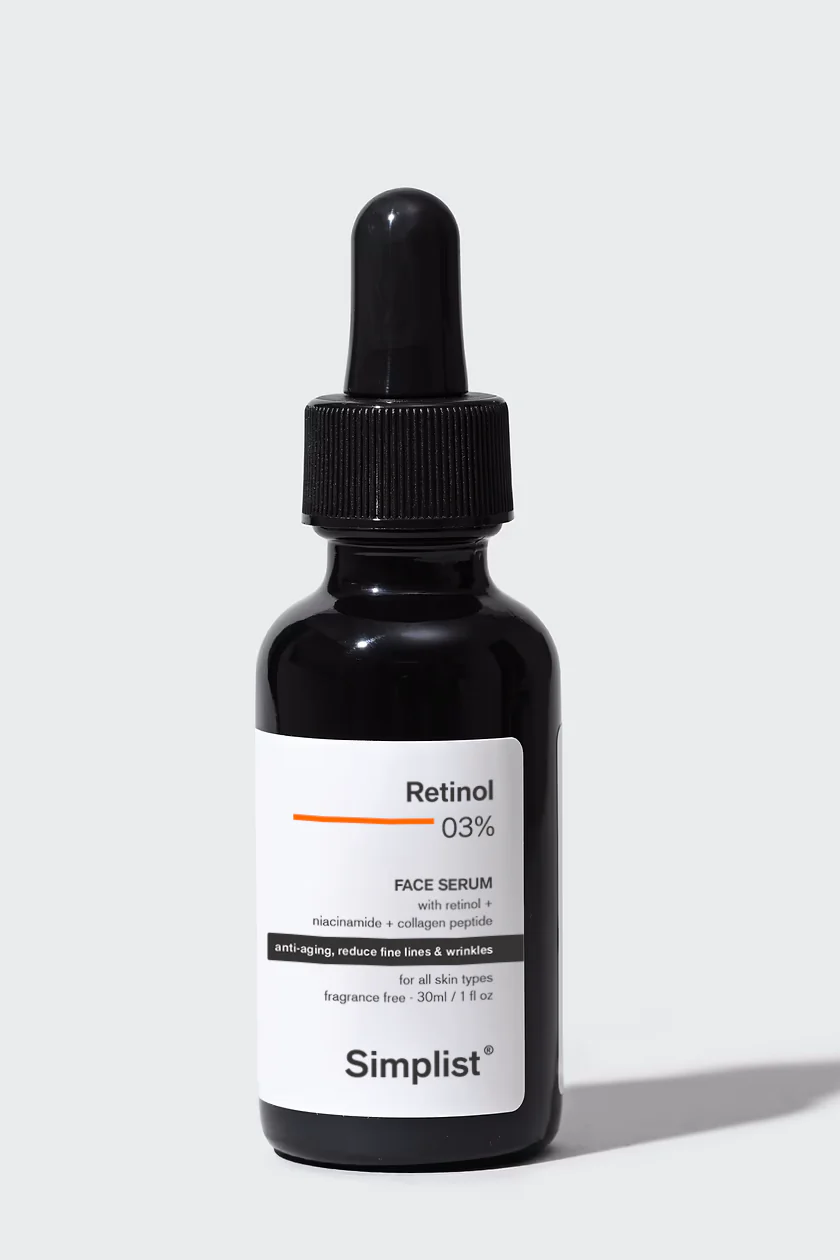How Retinol Face Serum Works at the Cellular Level

Understanding Retinol: A Molecular Marvel in Skincare
Retinol, a derivative of vitamin A, is a gold-standard ingredient in dermatology. Its ability to penetrate deep into the skin’s layers and influence cellular processes sets it apart from most topical treatments. As a lipophilic molecule, Simplist Retinol Serum effortlessly permeates the skin’s hydrophobic outer layers, reaching the dermis, where it initiates transformative biological reactions.
Cellular Penetration and Conversion Process
Upon topical application, retinol undergoes enzymatic conversion in the skin. It is oxidized to retinaldehyde and subsequently to retinoic acid, the active form that binds to retinoic acid receptors (RARs) within the skin cells. This transformation is essential, as it allows retinol to exert its full biological effects at the nuclear level, influencing gene expression.
Gene Activation and Protein Synthesis
Once bound to RARs, retinoic acid interacts with the cell’s DNA, regulating transcription. This mechanism enhances the expression of genes involved in:
- Collagen production (Types I and III)
- Keratinocyte proliferation
- Epidermal thickening
- Cellular differentiation and renewal
The result is a significant improvement in skin texture, reduction of fine lines, and increased skin elasticity, leading to visible rejuvenation over consistent use.
Impact on Fibroblasts and Collagen Matrix
Retinol stimulates fibroblasts, the key cells responsible for producing collagen and elastin fibers. As we age, fibroblast activity declines, leading to loss of dermal volume and firmness. By reactivating these cells, retinol promotes the synthesis of extracellular matrix (ECM) proteins, restoring dermal density and structural support.
Moreover, retinol downregulates matrix metalloproteinases (MMPs) — enzymes that break down collagen — thereby preserving the skin’s structural integrity.
Regulation of Melanin and Skin Tone
At the cellular level, retinol interferes with melanogenesis — the production of melanin by melanocytes. By inhibiting tyrosinase activity, retinol helps fade:
- Hyperpigmentation
- Age spots
- Post-inflammatory discoloration
This regulation contributes to a more even, radiant complexion, often desired by users combating sun damage or acne scarring.
Anti-Inflammatory Properties
Retinol exhibits anti-inflammatory effects by modulating cytokine expression. It reduces the synthesis of pro-inflammatory interleukins, such as IL-6 and IL-8, while enhancing the skin’s natural barrier. This makes it beneficial not only for aging concerns but also for acne-prone and sensitive skin types when properly formulated.
Sebaceous Gland Modulation and Acne Reduction
Retinol decreases the size and activity of sebaceous glands, leading to reduced sebum production. This effect, paired with its ability to normalize desquamation (skin shedding), prevents the formation of comedones, making it a powerful agent in acne management.
Its cellular action helps unclog pores, reduce inflammation, and accelerate the healing of active lesions, making skin clearer and smoother over time.
Improvement of Epidermal Turnover Rate
One of the most recognized benefits of retinol is its ability to increase the rate of epidermal cell turnover. By accelerating keratinocyte turnover, retinol ensures that new, healthy cells reach the skin’s surface more rapidly. This process sloughs off dull, damaged cells, leading to a brighter, more youthful appearance.
Additionally, improved cell turnover assists in minimizing:
- Fine lines
- Surface roughness
- Clogged pores
Barrier Function Restoration
Contrary to the misconception that retinol thins the skin, long-term use strengthens the epidermal barrier. It enhances lipid synthesis, particularly ceramides, which are crucial for maintaining hydration and resisting environmental irritants.
A well-functioning barrier also prevents trans-epidermal water loss (TEWL), making the skin more resilient and plump.
Clinical Efficacy Backed by Research
Multiple clinical studies affirm retinol’s efficacy at the cellular level. For instance, a 12-week study showed significant wrinkle reduction and dermal thickening among subjects applying a 0.1% retinol cream. Another study found a 60% increase in collagen production in patients after 24 weeks of use.
These findings underscore the ingredient’s profound dermatological value, proving that retinol serums are not just cosmetic — they are therapeutic interventions capable of reversing visible signs of aging.
